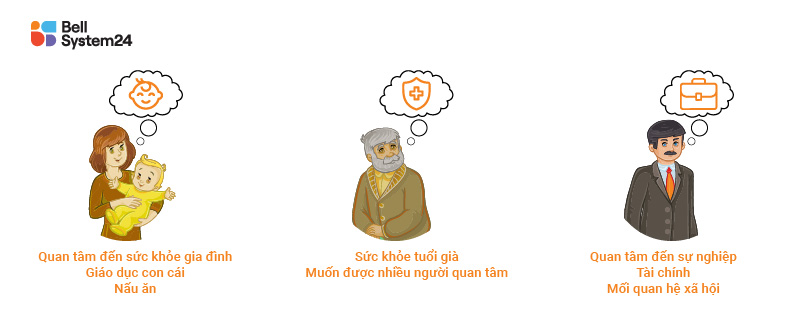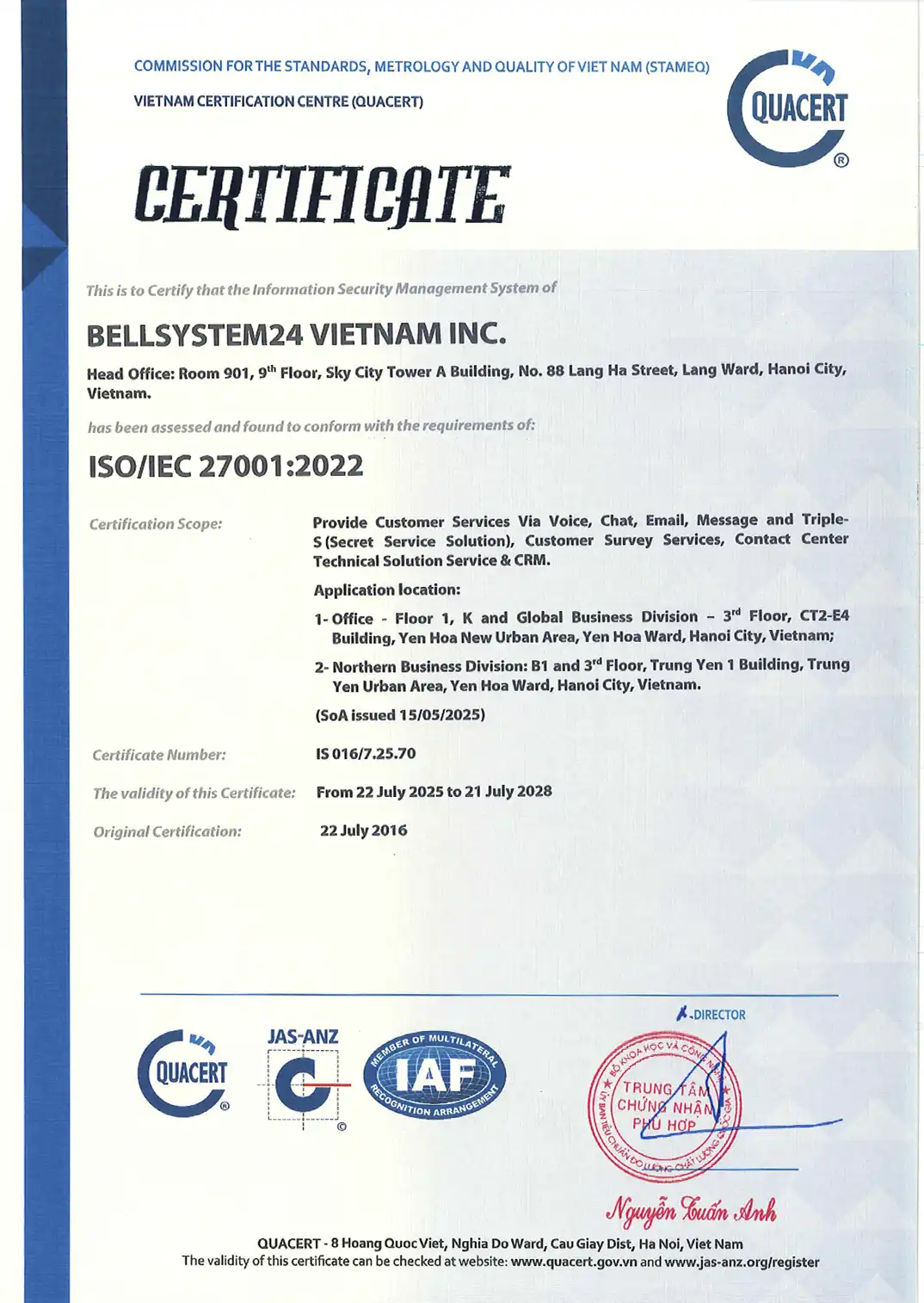In the modern digital age, businesses can easily collect a huge amount of customer data at various points in time. However, possessing this data can easily lead businesses to mistakenly believe that they fully understand their customers. Do purchasing decisions truly reflect the data collected by businesses?
1. Implicit truths about customers (Customer Insights)
Many of us have probably heard at least a little about the famous story of Target, the leading retail corporation in the United States. Target's customer analytics department, through the collection and analysis of customer data, was able to accurately determine that a customer was pregnant before she even mentioned it, and even tracked her search and purchase behavior for products intended for expectant mothers. (Learn more about the case study: >>>)How Target succeeded in analyzing data).
In fact, many companies have done an excellent job of forecasting customer demand and the timing of customer demand. However, all the data in the world cannot tell us why and how customers make purchasing decisions. If businesses want to influence customer decision-making factors, understanding these issues is extremely important.
The only way to understand the basis for customers' purchasing decisions is to "talk" to them. Businesses need to ask the right questions and "listen" to the answers. After each such conversation, businesses will gain an implicit understanding of their customers (Customer Insights) regarding their needs, weaknesses, and the factors that create different sales opportunities.
2. Voice of the customer – listening to the customers themselves
In fact, businesses are allowed to be creative and choose from thousands of different ways to communicate with customers: observing customer behavior, conducting face-to-face interviews at points of sale, using survey applications and integrating them into quick interactive devices at points of sale and online channels, launching telesurvey campaigns, organizing customer events, etc.
In addition to organizing the proper format for receiving customer feedback and asking the right questions that address the issues the company needs to explore, data analysis is also extremely important. The key is to listen and interpret customer responses to uncover the underlying truths.

When asked about the obstacles to cooking for themselves and their families, many people cited "convenience" as the main issue. Many interviewees said, "I don't have time to cook. I'm too busy." Many analysts and food companies believe that this statement means "I need everything to be pre-cooked." And in fact, just a quick stroll through a supermarket reveals an endless list of pre-packaged products, which customers can heat up in the microwave in just a few minutes.
But sometimes, "I don't have time to cook" really means "I don't have time to prepare." This is clearly a subtle difference that is easy to overlook if businesses don't really listen intelligently. When "I don't have time to cook" actually means "I don't have time to shop, prep, wash, and marinate the food, but I can wait about 30 minutes for the cooked meal," then a different product package becomes relevant and meets the customer's needs.
Appropriate survey methods, accurate and focused questions, and careful listening and analysis of output data are fundamental factors that enable businesses to uncover hidden truths about their customers. This helps them discover unique business opportunities, making it easier for them to survive and increase their profits in today's fiercely competitive environment.







